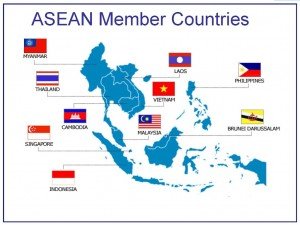
When we concentrate on International merchandise trade data, ASEAN as an entity registered total exports of US $12, 42, 286 millions. Singapore again manage to top the charts by representing almost one third of the total exports whereas Laos stayed at the bottom of the list with exports as low as US $1746 millions. In terms of Imports, ASEAN in aggregate registered imports worth US $11, 46, 305 millions, out of which a larger share came from Singapore with aggregate imports worth US $365, 709 millions which is again approximately 1/3rd of the total imports. These facts signify how important Singapore is in ASEAN. There are nations like Laos, The Philippines, Thailand and Vietnam who also carried a burden of trade deficit.
You might like reading:
IMM has given me able mentors, Radhika Garg NMIMS 2016-18
Interview with Radhika Garg NMIMS Rank : Core 170, HR 324 Firstly, congratulations on your converting the call to NMIMS. Our readers would like to hear something about your background? I am an Electronics and Communications Engineer. I have done my B.Tech from Jaypee Institute of Information Technology Noida. I have 1.8 years experience in the IT industry as Systems […]

Dissecting the Appeal behind Advertisements that have Gone Viral in India
Success in branding and advertising is something that is rooted in psychology. It is about appealing to the right emotions, playing on feelings and triggering interest in the target market. No matter how much one dwells on the theory of advertising and branding, there is no denying the fact that an “appealing” ad is one that gets everything right if […]






























